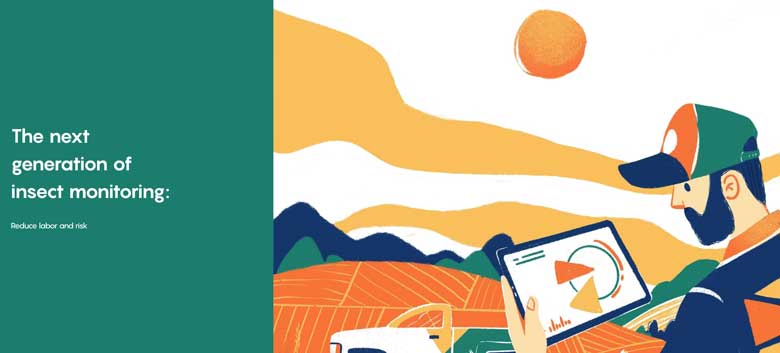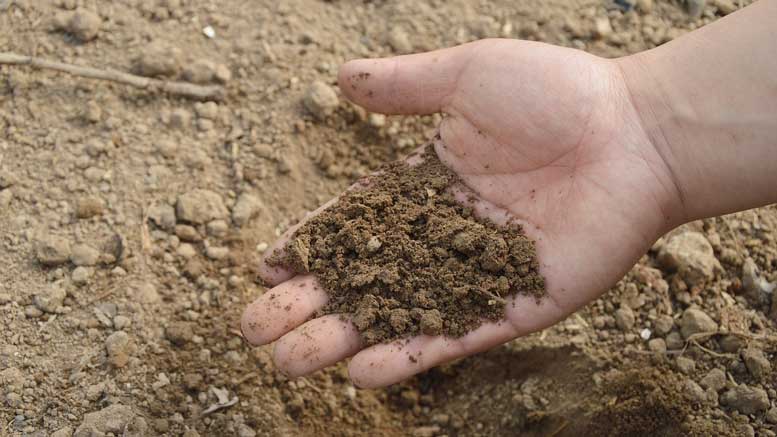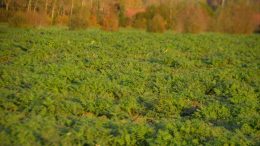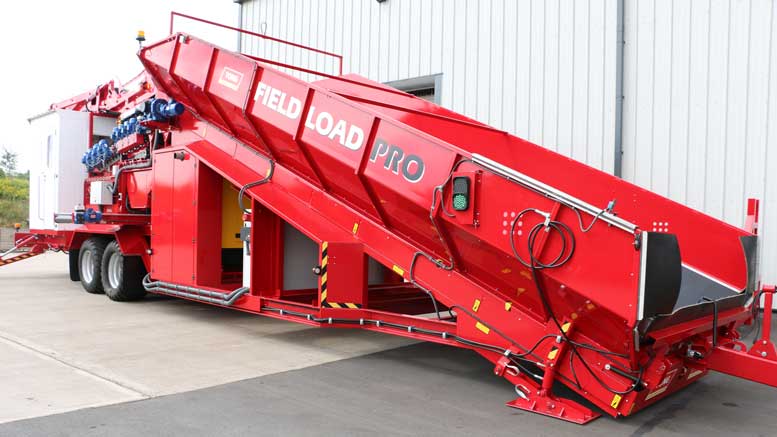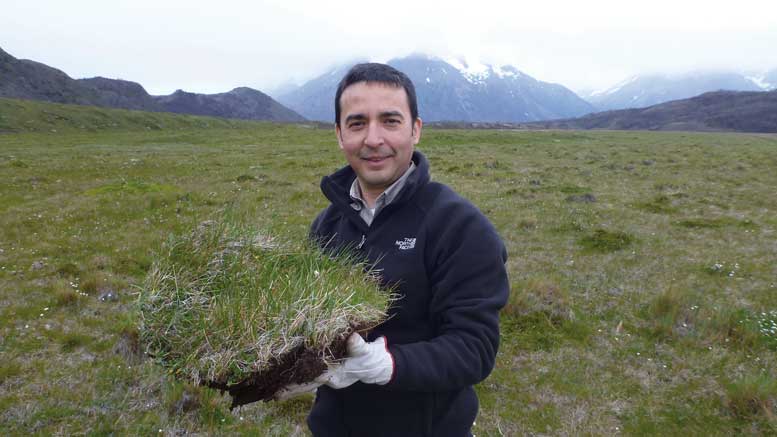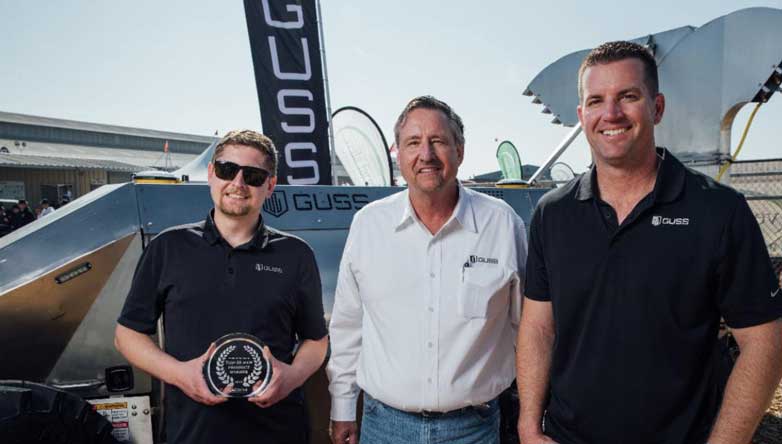FarmSense Takes Top Prize in Bayer’s Prestigious Grants4Tech Pest Monitor Challenge
Agtech startup FarmSense announced that it has been awarded the top prize in Bayer’s global Grants4Tech Pest Monitor Challenge. The FarmSense team recently spent multiple days demonstrating…

